The best things to do in Reykjavik, from geothermal pools to classical concerts

Despite its modest proportions, you won’t ever be short of anything to do in Reykjavik. Alongside alluring natural sights — Tj?rnin Lake, the pretty harbour, Mount Esja — the capital also offers museums and art galleries galore, plus some fascinating architecture (the soaring Hallgrimskirkja church being a case in point), and a unique blend of local community dynamics with a worldy cosmopolitanism. That’s without mentioning the idiosyncratic shopping, abundant hot pools, and a year-round calendar foaming with concerts, events and festivals.
Bird-watch at Reykjavik's pretty central pond
Reykjavik's scenic central pond draws an impressive variety of birdlife, from Arctic terns and swans to greylag geese and mallard ducks. Strolling round Tj?rnin Lake, which is fringed by cultural and municipal buildings, parks and residences, is a popular local pastime – so much so that the lake is sometimes referred to as the 'biggest bread soup in the world'. It’s best to feed them grains and seeds if possible, since bread isn’t the best for their diets and also attracts aggressive seagulls.
Insider’s Tip: Pop into the nearby City Hall to find an exhibition hall featuring an engrossing 3D map of the country, and works by local artists.
Contact?: 00 354 411 1111; visitreykjavik.is
Price: Free
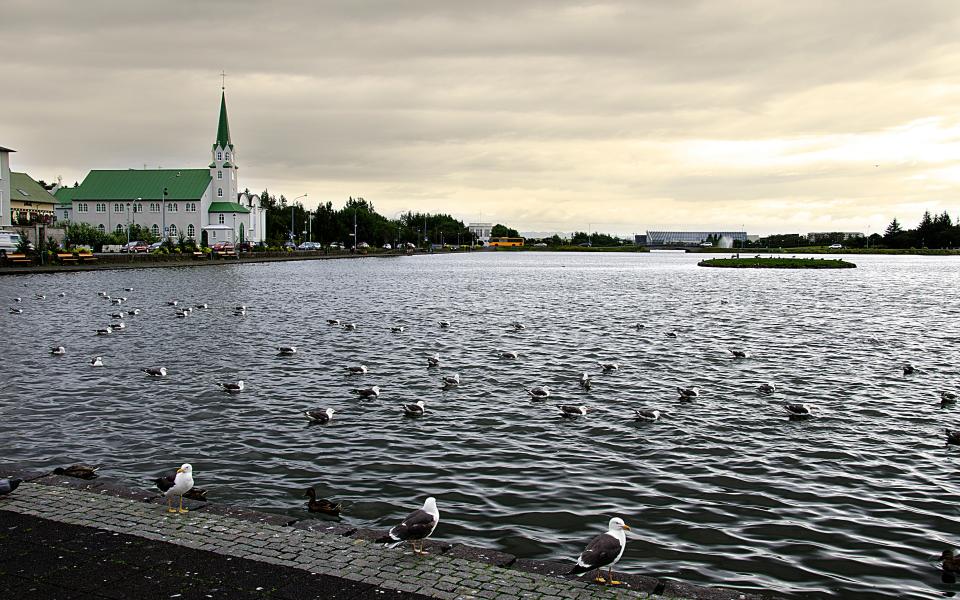
? An insider's guide to Reykjavik
Take in the views from the tower of the city's tallest landmark
It’s impossible to miss Hallgrímskirkja, the city’s main church; at 240-feet tall, it’s by far the highest landmark in the city and its rocket-shaped exterior certainly makes it the most distinctive sight in town. It was designed by famed national architect Guejón Samúelsson, who was inspired by the country’s basalt rock formations. Admire the statue of national hero Leifur Eiríksson outside before exploring the rich interior, which includes an immense organ with over 5,000 pipes.
Insider’s Tip: Take the lift up to the church’s tower for magnificent views over Reykjavik’s colourful rooftops and out across the harbour and the sea. Note that the tower shuts half an hour before the usual closing time.
Contact?: 00 354 510 1000; hallgrimskirkja.is
Price: £
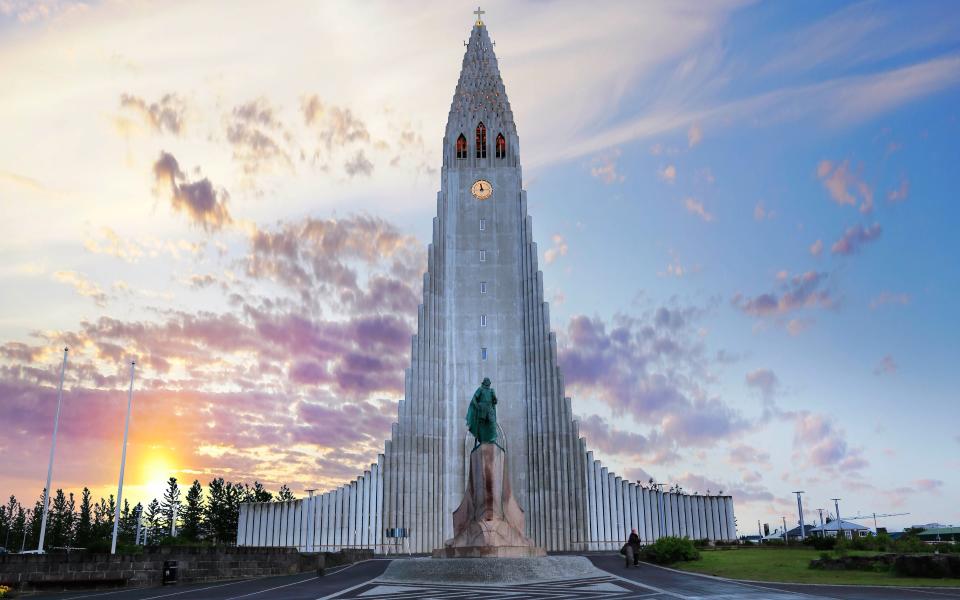
? The best hotels in Reykjavik
Find time for a dip in one of the capital's hot pools
A swim in one of Reykjavik’s geothermal pools is both a wonderful way to relax and — if you select the right spot — an excellent way to meet and mingle with the locals, who use the pools to socialise. One of the best is Vesturb?jarlaug, which can be reached via a pleasant 20-minute promenade walk from the city or by bus. It has four hot tubs, one cold bath, a large outdoor pool and a steam room.
Insider’s Tip: Be aware that Icelandic pools and changing areas are often mixed sex. If you don’t have your swimming costume you can rent one from most places.
Contact: 00 354 411 5150; reykjavik.is
Price: £
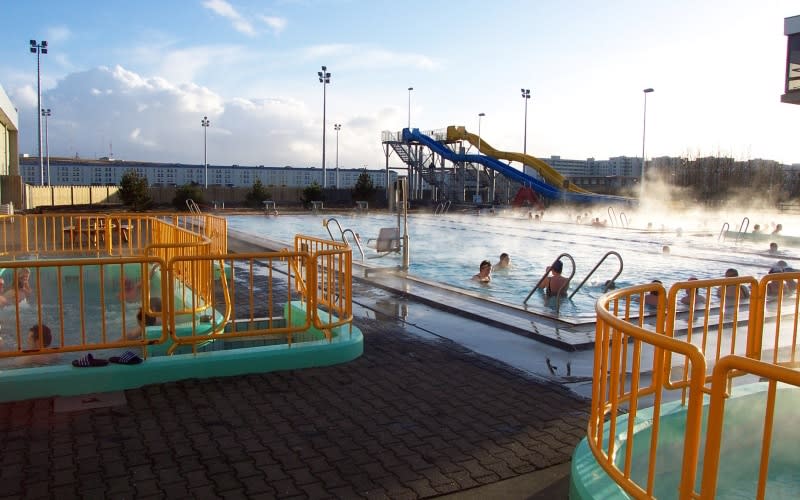
? The best restaurants in Reykjavik
Experience live music at the city's most impressive cultural venue
The Harpa Concert Hall has gone from being a costly controversy (it was built during the economic collapse) to one of the country’s main sources of cultural pride. Home to the Iceland Symphony Orchestra and the Icelandic Opera, its stunning facade, designed by Icelandic-Danish artist Olafur Eliasson, contains several visually stunning halls with outstanding acoustics, as well as a record shop, café and restaurant and more.
Insider’s Tip: Another option is to take one of the 30-minute daily guided tours, which offer insights into the history, architecture, design and acoustics of the building, as well as visiting parts of the interior not normally open to the public.
Contact: 00 354 528 5000; harpa.is
Price: £-££
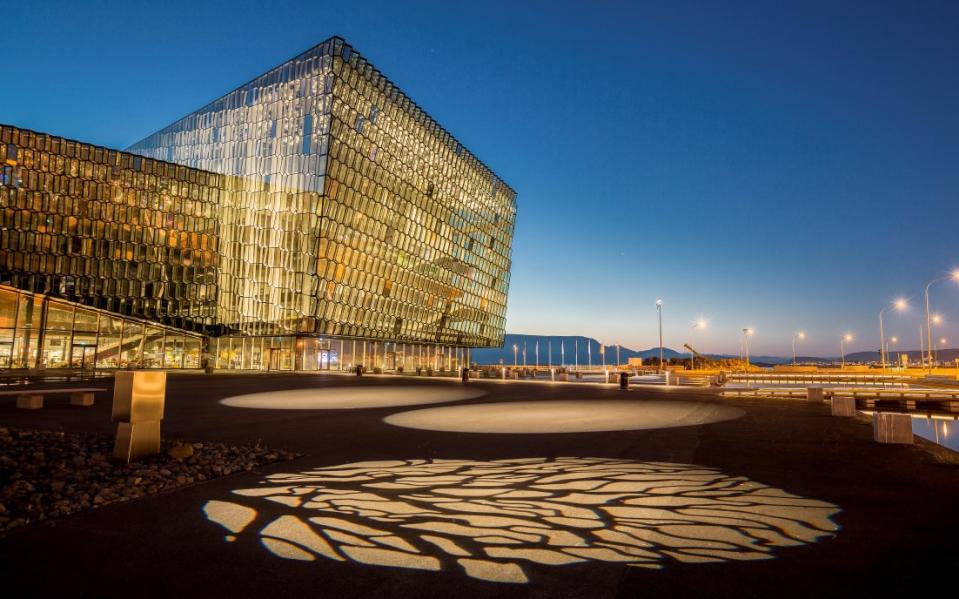
Explore Reykjavik’s regenerated harbour
Reykjavik’s harbour area, once the lone preserve of ships and their captains and fishermen, still functions as a traditional harbour, complete with trawlers, whaling ships and other boats. But a recent regeneration project, starting with the Harpa Concert Hall development, has made it into a mini-district of its own, with cafés, restaurants and even museums to visit.
Insider’s Tip: Wandering aimlessly is pleasant enough, but specific activities to look out for include taking a whale- or puffin-watching trip from one of the harbour tour companies such as Elding, enjoying a delicious lobster soup at S?greifinn, or browsing the Reykjavik Maritime Museum whose permanent exhibiton explores 150 years of fisheries in Reykjavik.
Contact: The Reykjavik Maritime Museum: 00 354 411 6300; reykjavikcitymuseum.is
Price: £
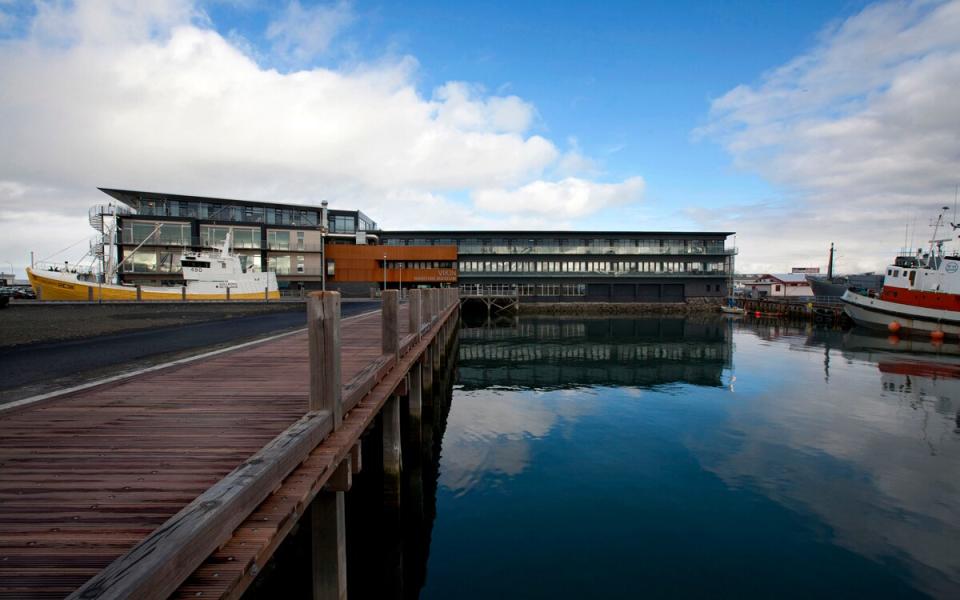
? An insider's guide to Copenhagen
Learn the story of Iceland, from Vikings to the present day
Icelandic history has the advantage of a relatively straightforward and clear narrative while still containing plenty of drama. The permanent exhibition at Reykjavik’s National Museum tells the entire story from settlement to the present-day, making great use of various archeological finds, as well as historic photos. Among the 2,000 objects are replicas of swords and drinking horns, plus an elaborately decorated 13th-century church door from Valtjófsstaeir.
Insider’s Tip: Grab a free smartphone audio guide to hear a lot of entertaining extra detail, or take a free guided tour (in English) at 11am on Wednesdays, Saturdays and Sundays from May through to mid-September.
Contact: 00 354 530 2200; thjodminjasafn.is
Price: £
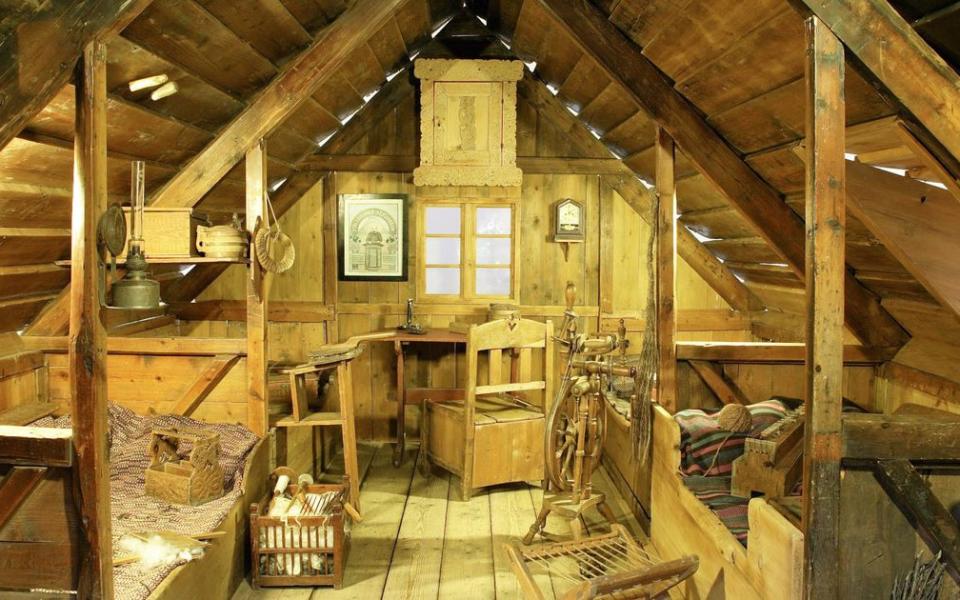
Go back in time at a rural open-air museum
The Arb?r Open Air Museum was created to give an example of how rural Reykjavik life used to be just a few decades ago. Essentially a village a 15-minute drive outside of the capital, it was built around the remnants of a working farm and supplemented by buildings moved here from the city-centre (a blacksmith’s home, turf-roofed farmhouses, a 19th-century church), as well as some domestic pets and old machinery.
Insider’s Tip: Staff dress in period costume and offer workshops for traditional crafts such as spinning yarn, making candles and churning butter, making it an interesting visit for adults and children alike. Free guided tours take place daily at 1pm.
Contact: 00 354 411 6300; borgarsogusafn.is
Price: £
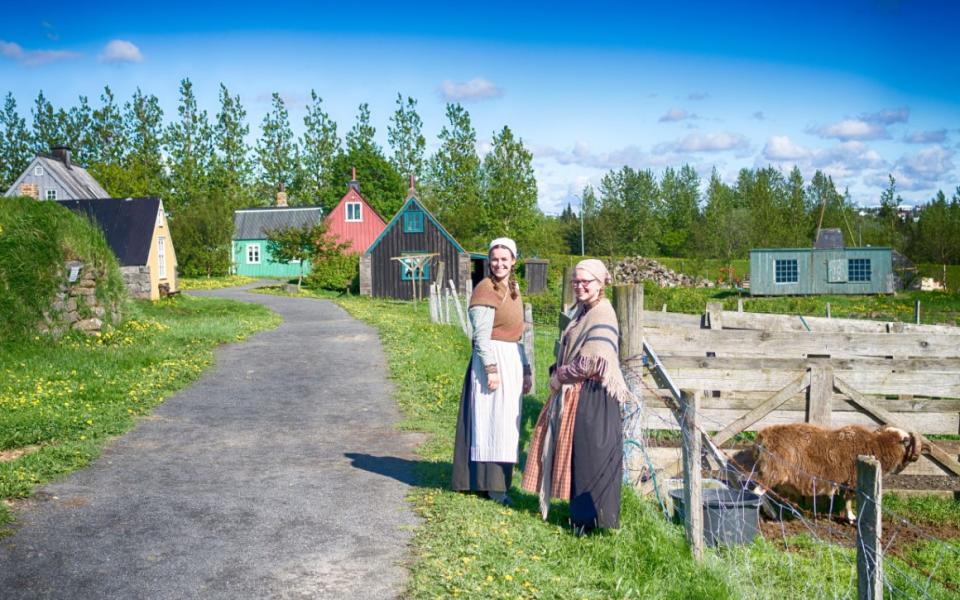
? Where to stay in Reykjavik: Hotels by area
Hike past lakes, waterfalls and cliffs in a pretty national park
Tingvellir National Park, located around 30 miles outside of the city, is one of the most enticing natural sites in reasonable proximity to Reykjavik. It is most famously the site of Iceland’s original Viking parliament (Assembly) but it’s also a stunning natural park with easy to follow wooden walkways guiding visitors past lakes, waterfalls, cliffs and occasional buildings such as the pretty Tingvellir church.
Insider’s Tip: If you’re a water enthusiast, book a trip to the park’s Silfra fissure, the only place in the world where you can snorkel and dive between the North American and Eurasian continents.
Contact: 00 354 482 2660; thingvellir.is
Price: £

Enjoy outdoor art in a peaceful sculpture garden
The Reykjavik Art Museum is split between three different venues, the most alluring being ásmundarsafn — a museum dedicated to the work and life of sculptor ásmundur Sveinsson. It’s not as central as the other two locations (although it is still only a 30-minute walk from the city centre) but the reward is a unique piece of Mediterranean-style white domed architecture, which the artist designed himself, plus a selection of his works both inside and in the pleasant sculpture garden. Keen for more? The more central Hafnarhús part of the Reykjavík Art Museum, has six galleries with a mix of contemporary art (local and international) and a permanent collection of works from Iceland’s most famous pop artist, Erró.
Insider’s Tip: To make the most of the trip, combine it with a walk to the nearby botanic garden, Reykjavik Park and Zoo, or a dip in the thermal pools at the Laugardalur Sports Complex.
Contact: 00 354 411 6430; artmuseum.is
Price: £
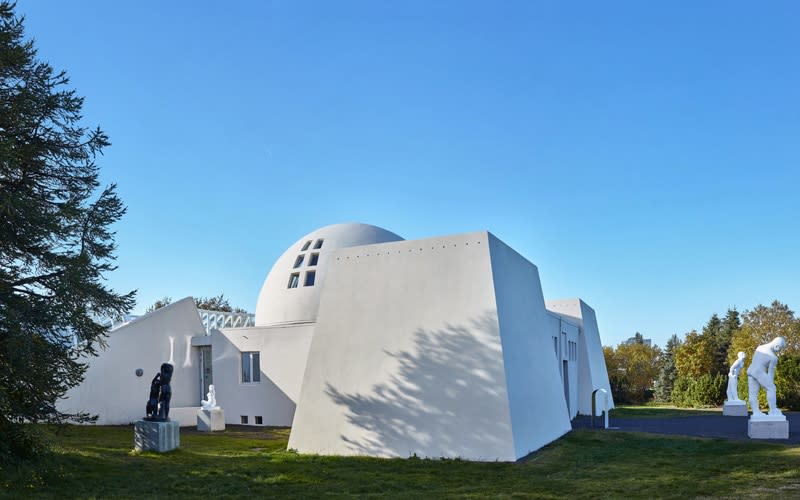
Solve the daily Crossword

